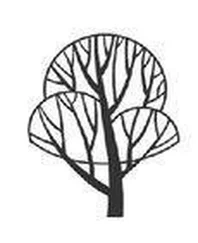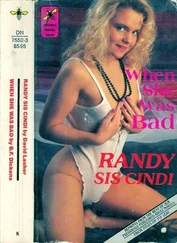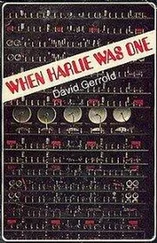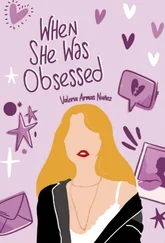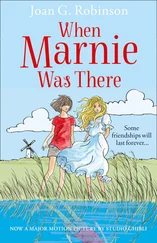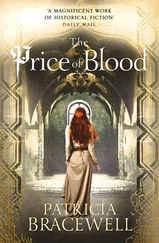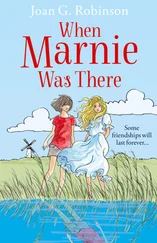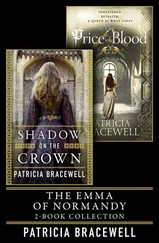Expressing the experience of loneliness and pain arising from violation – or a sense of having colluded with acts of violation – and the inevitable, accompanying self-hatred, Emin’s art could be seen as both a calling to account of the people who have shaped her life, and as a purgative ritual through which she attempts to regain her innocence. In this way, she claims her accounts of personal experience have a political validity.
And in this there is a kind of Napoleonic ambition. Emin presents herself through her art in grand, self-enshrining gestures, which somehow manage to mingle supreme arrogance with an endearing and courageous streak of pure heroism. Having presented her work in ‘The Tracey Emin Museum’, she then called her first one-person show, at Jay Jopling’s powerful White Cube gallery, ‘My Major Retrospective’ (on the grounds that she thought that this would be her first and last ‘proper’ exhibition). In one particular work, ‘Montenegro’ (1997) she has made a small army of tanks out of matchboxes and matches, each bearing a tiny flag with ‘Emin’ written on it, making their way across a classroom map of the world.
‘When I was at Maidstone College of Art, what I liked was that everything had a Marxist bent. So instead of just hearing lecturers, they’d get in the women from Greenham Common, or the striking miners. We even had a lecture from Sinn Fein, although they had to hold it after five o’clock, as opposed to within the college hours. But we were all interested to hear what they had to say. So people were bringing living history into the college, so we weren’t just studying in this little bubble of art school; they were trying to make us aware of what was happening politically and socially, and I’ll always be grateful for that. By going to Maidstone, I learned that art can be bigger and broader than just art.
‘There is a politics behind what I do, but that’s not my priority. So, for example, when I published a first-hand account of my abortion in a national newspaper, that was going to be pretty fucking political – particularly when you’ve got fucking Blair suddenly saying that he doesn’t really agree with abortion. So that’s going beyond art, that’s bigger than art. I got a load of letters from the Pro-Life, Pro-Choice people, and from women who had had a termination and felt that they’d made a mistake. They were people who felt that I’d actually said what it was like to have an abortion, rather than simply giving an opinion about it.’
While she was at Maidstone College of Art, prior to attending the Royal College of Art, Emin began to develop the personal and artistic stance for which she has become famous. The college’s social secretary for two years, she organized such events as the ‘Ideologically Unsound Talent Show’ – as a riposte to the Marxist leanings of the college – and also became something of a local legend. She recalls how a banner in the main hall, proclaiming ‘Smash Racism’, was doctored by a student to read ‘Smash Tracism’.
And there is an element in this anecdote that seems to hint at the darker side of her ambivalent yet addictive relationship to being known as a vivacious character. In her film and text, ‘Why I Never Became a Dancer’ (1995), she recounts how she ran out of a disco dancing competition in 1978 because what she thought were the cheers of a supportive crowd were in fact the jeers of a group of men – some of whom she had had casual sex with – chanting, ‘Slag, slag, slag’. Similarly, in her paintings of having anal sex, there is an ambiguous mingling of self-hatred, accusatory polemic and sensationalist shock tactic. There is a strong sense, conveyed by the memoirs related in her art, that in desperately wanting to be popular, or loved, Emin has either debased herself or been exploited. In one of her text pieces she writes, ‘Happy to die for love, that’s me and it’s sad.’
‘If I was comprised of lots of different people, and I had to list them, I know that Silly Cow would be one of the first on my list, and Spoiled Brat would be another. Then there would be, Compassionate and Caring, Loyal and Lap-dog. I’m like one of those dogs who would walk across a whole continent to see my master again. It’s a bit pathetic, but it’s true. A lot of my friends, who are quite critical of me, say that I have standards and that I get into trouble when I try to make them apply to other people. I don’t lie, for instance – try that one out – and I’m a faithful person. In fact, I have been unfaithful twice in my life – once was just a kiss with another person – but I wouldn’t go through that hell again.’
Emin increasingly uses writing and text as the most direct means of communication within her work. She has given public readings of her work, and has self-published two collections of her writings, Always Glad to See You and Exploration of the Soul . Her style wanders between a stream-of-consciousness outpouring of her personal feelings, to a form of vernacular, anecdotal storytelling that reads rather like letters to herself or to the subject of the piece. In this, her literary ambitions follow in a tradition of female confessional writers, from Anne Sexton or Sylvia Plath, through to the writings of Kathy Acker. And, in many ways, she adapts the notion of confessional writing to that broader culture of confession that she sees as currently supporting her reputation.
Subsequent to her drunken appearance on a TV debate about the Turner Prize, Emin is turning to writing – or the idea of writing – more and more, as a retreat from what she regards as the mounting pressures of her celebrity. Most importantly, she wants to devote herself to writing a book, which her agent, Jay Jopling, is already proposing to publishers.
‘There haven’t been many people drunk on television: there was Oliver Reed, George Best and myself. I think that the nation likes it because it shows the vulnerability within us all. I mean everyone gets pissed and makes an arsehole of themselves, but not in front of four million people. I was told that the viewing figures for that programme went from one and a half million to four million in the time it took me to walk off.
‘I want my life to quieten down, and I have quite a few personal problems that I can’t sort out because I’m on the run all the time, in my head. I drink too much. I’ve cut down my drinking by sixty per cent, but I still have a very bad problem when I go out socially. If I do the book thing, it means that I can solve things by being peaceful and quiet. I could go on trains to places I haven’t been before. There are loads of Holiday Inns which are built on bypasses and things, and some of them have got swimming pools; I could go there and just write for four days.
‘When I start my book I’m going to be writing two thousand words a day, every day. That’ll take me a couple of hours. I write really fast, stream of consciousness, and while there might be a few things which don’t make any sense when I read them back, at least I’ve got the ideas down. It’ll be a book of short stories, and the fiction will come in where I change some names and places. I’ve written one book about my life from the moment of my conception to losing my virginity when I was thirteen; this’ll be the follow-up – my life from age thirteen to twenty-one.’
Ultimately, people’s opinion of Tracey Emin – as a current phenomenon – is based and divided on whether they perceive her brand of autobiographical art, and her promotion of it, to be a sincere and socially edifying act of personal catharsis or simply an exercise in self-publicity. And this is an argument that can run and run, without ever reaching a useful conclusion. For every critic who finds Emin’s art to be courageous and liberating, there will be another who denounces its provoking of controversy, or the questions that it raises about the role of fame within the constitution of contemporary art.
Читать дальше

